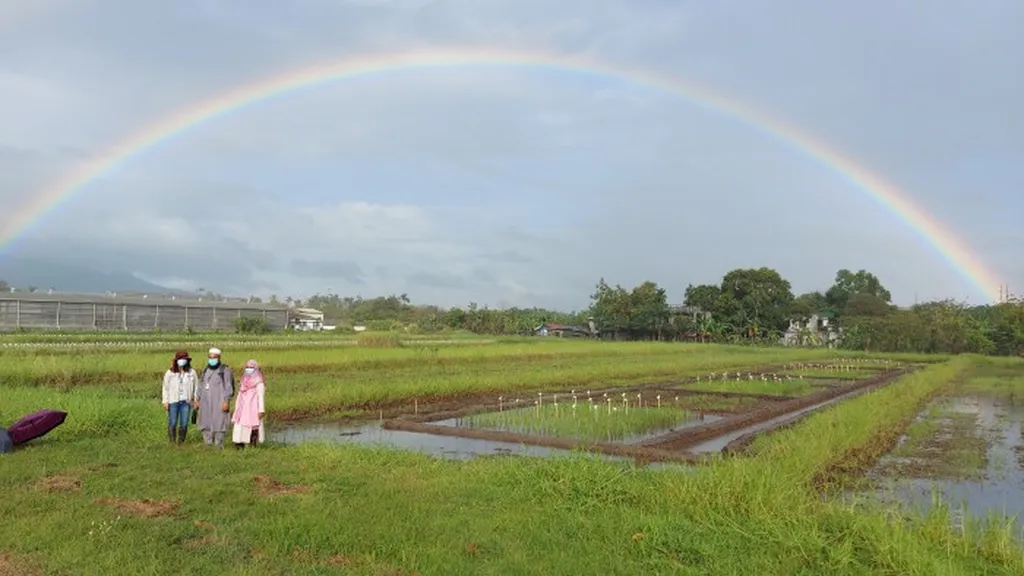In the heart of Malaysia, researchers have been delving into the intricate dance between weather, farming practices, and water quality in paddy fields, and their findings could reshape how we approach sustainable agriculture and water management. Muhammad Nasri Nasehir Khan, a researcher from the School of Civil Engineering at Universiti Sains Malaysia, has led a study that quantifies the impact of weather conditions and paddy farming activities on the quality of effluent discharged from paddy fields. The research, published in the Kuwait Journal of Science (translated as ‘Journal of Kuwait Science’), offers a nuanced look at an often-overlooked environmental challenge.
Paddy cultivation is a lifeline for global food production and rural economies, but it’s also a significant source of water pollution. The study, which assessed parameters like biochemical oxygen demand (BOD), ammoniacal nitrogen (NH3–N), and total suspended solids (TSS), among others, found that the stages of paddy farming activities significantly influenced all measured water quality parameters. “The paddy farming activities, from preparation to harvesting, play a crucial role in determining the quality of effluent,” Khan explained. “Our analysis showed that these activities have a statistically significant impact on the water quality parameters, with p-values less than 0.05 for all parameters.”
However, the study also revealed that weather conditions alone did not significantly influence the quality of the paddy fields’ effluent. But here’s where it gets interesting: the combination of weather conditions and paddy farming activities did have a statistically significant impact on NH3–N, TSS, and aluminum (Al) levels. “This suggests that while weather alone may not be a major driver, its interaction with farming practices can exacerbate water quality issues,” Khan noted.
So, what does this mean for the future of paddy cultivation and water management? The study’s findings could inform evidence-based policies aimed at promoting sustainable agriculture and preserving water quality. For instance, farmers and policymakers might consider adjusting farming practices based on weather forecasts to mitigate environmental risks. Moreover, the research could pave the way for developing strategies to optimize water management practices in paddy cultivation areas, which could have significant commercial implications for the energy sector. Efficient water management could lead to energy savings, as less energy would be required for water treatment and pumping.
As the world grapples with the challenges of climate change and sustainable development, studies like Khan’s are more important than ever. By understanding the complex interplay between weather, farming practices, and water quality, we can work towards a future where paddy cultivation coexists harmoniously with the environment. After all, the health of our ecosystems and the sustainability of our food systems go hand in hand. As Khan put it, “This research is a step towards a more sustainable future, where we can balance the needs of agriculture and the environment.”

